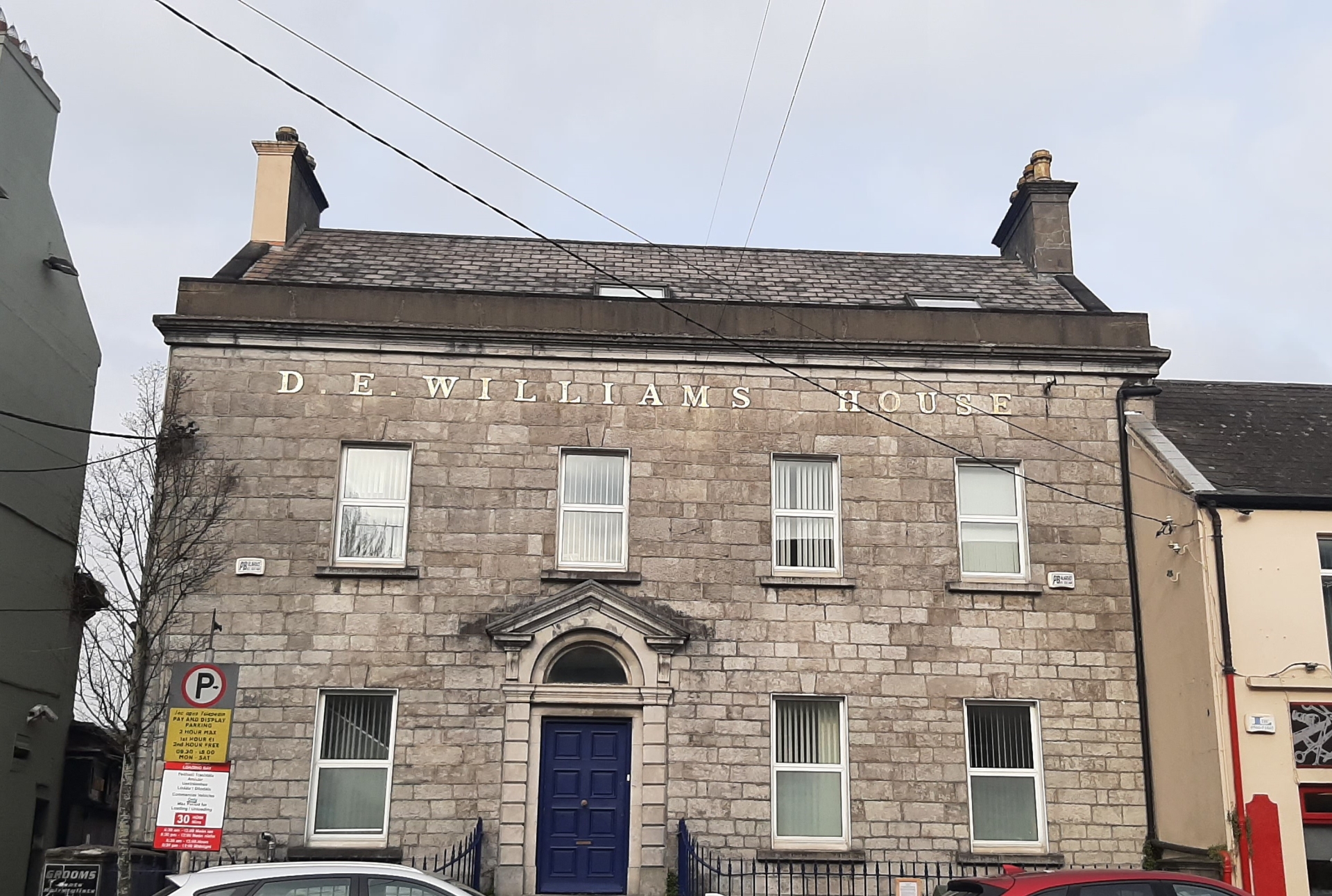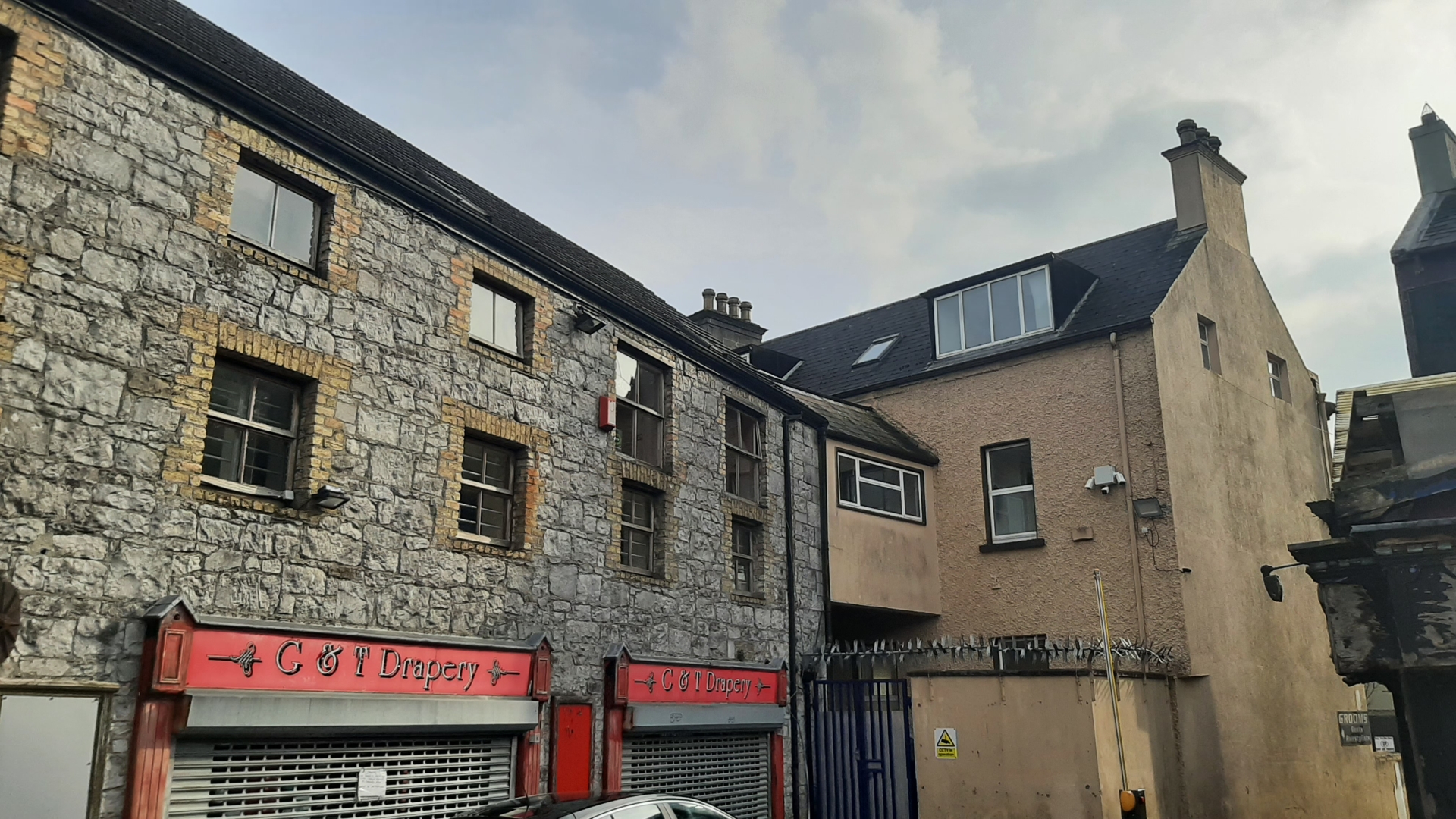Opposition to plan for 13-storey building in Offaly
THE Heritage Council has come out strongly against the plan for a 13-storey building in Tullamore town centre.
In a submission to Offaly County Council on the planning application from local developer Seamus Kane, the Heritage Council says it cannot support the proposal.
The council says it supports efforts to achieve more sustainable patterns of development in villages and county towns and states the redevelopment of inner urban core sites, particularly those dominated by surface car parking, can bring benefits to the living and historic environment of towns such as Tullamore.
But it adds: “However, there is a need to ensure that there is not a misguided conflation between high density and high buildings in terms of achieving compact growth. It is clear that this conflation is being made in relation to the approach to the design of this proposed scheme. High density compact growth does not necessarily mean high buildings. The latter inevitably has significant impacts on the heritage of historic townscapes. Relatively high density can be achieved by high site coverage, rather than by building height.”
In particular, the council hits out at the designers' declaration that “the development represents an exciting redefinition of the city centre through a series of new buildings...”
The council says: “Tullamore is a typical county market town with a strong rural hinterland; therefore, it is not a large urban ‘city centre’ and a ‘redefinition’ of one of the midlands’ traditional streetscapes is not warranted or welcomed.”
It acknowledges that it calls the “forthrightness” of the designers when they say the project will “represent a new paradigm” but says the design approach is “fundamentally flawed”.
“How this new development presents itself to the existing townscape, particularly in relation to the height, scale, and massing of the new build elements, cannot be supported on heritage grounds.”
The Heritage Council also has concerns that if permitted, the Tullamore project could lead to similar developments in other parts of the country: “The visual change to Tullamore will be significantly negative, irrespective of the intention and shows little regard for the existing townscape character and its evolution; therefore setting an undesirable precedent, that if replicated, would significantly alter, and damage the historic integrity of our county towns and rural market towns.”
The assessment is not entirely negative. The Heritage Council welcomes in principle the “refurbishment” of the DE Williams House and the stone outbuilding behind it (known locally as the Cornloft) and which the council says was formerly a bottling structure.

“There is no objection to the new glazed section which will connect the main house to the former bottling structure, which if executed successfully could benefit the setting of both the house and this outbuilding.”
On the other hand, the council objects to the height of the proposed glazed structure between the main house and the outbuilding and says it should be “lower than the eaves”.
In its conclusion the Heritage Council states: “we consider the approach to this development flawed. There is disregard to existing townscape character resulting in a design that by virtue of its mass, height, bulk, and scale, is completely inappropriate to the county town context. The dynamic between high density and high buildings is conflated, resulting in a proposal that would set a very undesirable precedent for inner town core redevelopment in historic towns throughout Ireland. As such the Heritage Council does not support the scheme as currently proposed.”
The Heritage Council is a public body which provides policy advice for government on heritage issues such as sustainability, landscape management, high nature value farming, forestry and climate change.
It is a prescribed body under the planning acts so applications such as the Tullamore one must be referred on to it.
Seamus Kane heads up Cayenne Holdings, the company behind the ambitious plan to redevelop the site between Patrick Street, Offaly Street and Kilbride Plaza where a Tesco/Quinnsworth store and a car park were located.
Mr Kane has said the aim of the Distillery Yard residential and commercial project is to ensure that Tullamore will bustle with life once more.
He said the project is set to be an exemplar of urban regeneration and it has already received the backing of local Fianna Fail TD, Barry Cowen, who described it is an “exciting application”.
Mr Kane said: “Like many town centres in Ireland, the former market town has been subject to falling footfalls and general decline in recent years. People are not living in the town centre.
“In a move that will strengthen Tullamore’s existing offerings, this mixed-use development will combine new high quality public realm with streets and squares.”
There will be over 200 apartments, public squares, shops and restaurants in six blocks from two to 13 storeys.
A two to three-storey block will be partly contained within the former De Bruns public house, with a change of use to two cafes or licensed restaurants.
DE Williams House, which is a protected structure, will have five cafes/restaurants to its rear.

Access for traffic will be both from O'Connell Street (which is off Kilbride Street), as well as Offaly Street and William Street.
A nearby building which was formerly the location of the multi-storey Texas department store has been demolished to make way for a new Aldi supermarket.
Subscribe or register today to discover more from DonegalLive.ie
Buy the e-paper of the Donegal Democrat, Donegal People's Press, Donegal Post and Inish Times here for instant access to Donegal's premier news titles.
Keep up with the latest news from Donegal with our daily newsletter featuring the most important stories of the day delivered to your inbox every evening at 5pm.